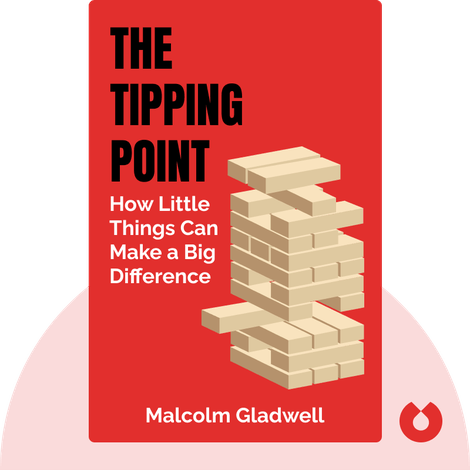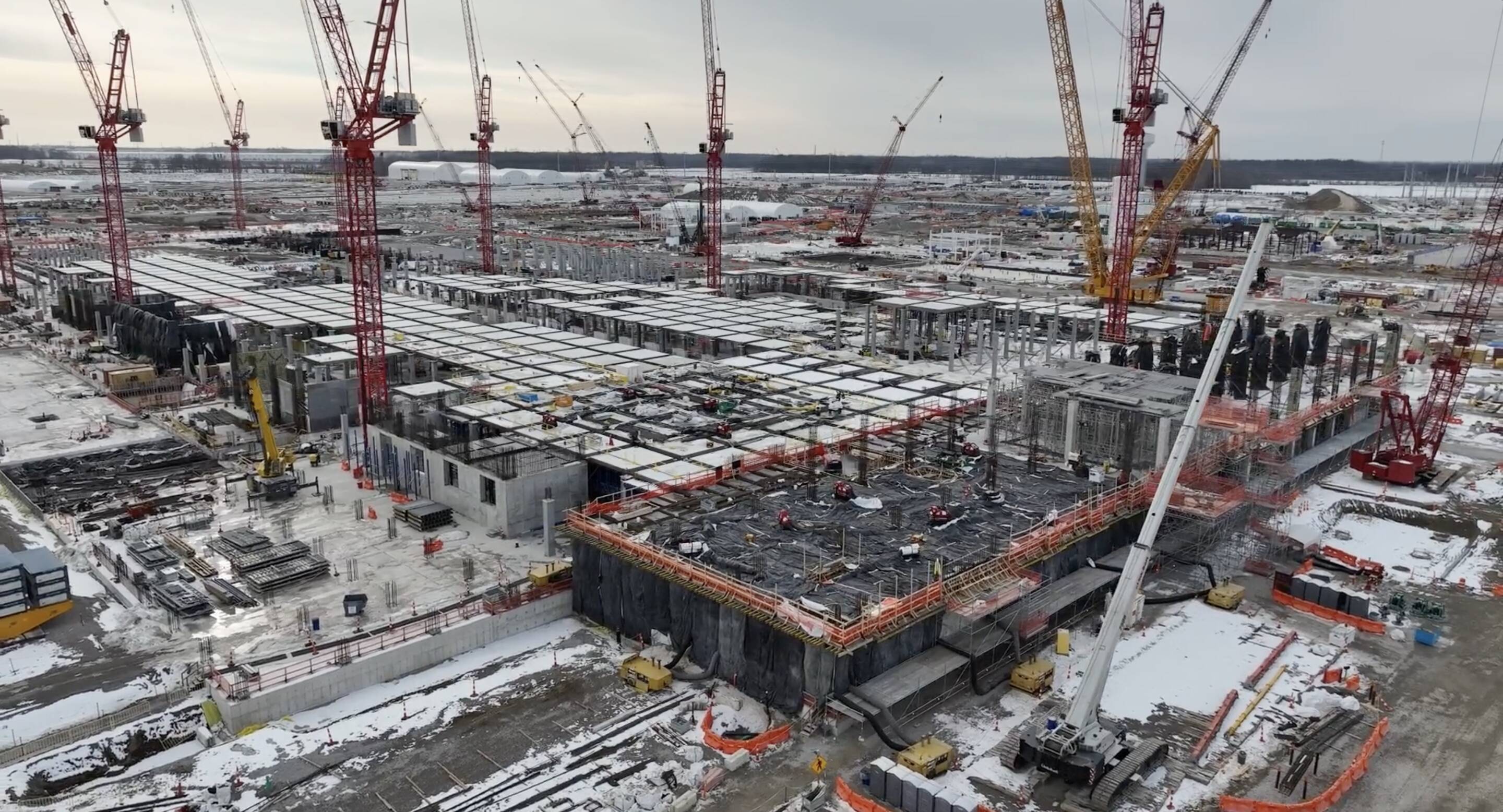"A leader is one who sees more than others see, who sees farther than others see, and who sees before others see."
– Leroy Eimes
THE ART OF LEADERSHIP
Frances Hesselbein’s Blueprint for Character-Driven Leadership
Shapes Culture, Sparks Courage, Boosts Impact Across Teams
Leadership begins with vision, but vision starts with stillness. Pause long enough to survey the landscape before speaking. Those you guide can tell whether your words arise from hurried impulse or from quiet conviction. A leader who sees farther invites others to lift their chins and notice possibilities they had overlooked.
Seeing, however, is not enough; you must say what you see in language that stirs courage. Paint the distant ridge line in colors of purpose, then mark a trail that ordinary feet can follow. Clarity is compassion. Each milestone you describe turns vague hope into a waypoint the weary can reach. Maps matter, but so do stories of earlier travelers home.
Finally, walk the path first. Show the footing, echo encouragement, and correct course with gentleness. Your calm presence undercuts panic and breeds resilience. When tomorrow arrives and others stand on the summit, they will remember not your title but the vista you revealed and the steady steps you modeled.
Live the vision today see farther, speak clearly, walk first. Help one colleague lift the chin and step ahead because your character lights the path!

The Tipping Point by Malcolm Gladwell
COMMERCIAL CONSTRUCTION
Intel Pushes $28B Ohio 'Silicon Heartland' to 2030
Intel delays completion of its two-fab, $28 billion Ohio One campus to 2030-32, reshuffling 7,000 construction jobs and rattling CHIPS Act timelines
Intel has pushed completion of its $28 billion Ohio One “silicon heartland” campus out five years. A Feb 28 memo now targets Mod 1 construction finish in 2030 with start-up by 2031; Mod 2 follows in 2032. Leaders cite weaker demand and capital discipline but insist the twin fabs stay central to Intel Foundry plans.
The reset jolts contractors primed for 7,000 build jobs. Union halls say crews will pivot to data-center and battery projects until structural steel returns in 2027. Intel will keep grading, utility work and wetlands mitigation to hold momentum. Local suppliers expecting quick tool orders are chasing bridge contracts, while colleges push back a semiconductor-tech program to 2026.
Analysts warn the slip reverberates through CHIPS Act supply chains: tool makers must stretch cash and Ohio’s $2 billion incentive payback slides. Officials counter that over a million cubic yards of concrete are already poured and fab walls are rising, so the megaproject is slowed, not scrapped.
INFRASTRUCTURE INDUSTRY
San Jose digs giant shaft for BART megatunnel kick
San José launch shaft digs for $12.7B BART SV Phase II: 100-ft pit to send mega-TBM on 5-mile downtown tunnel, 20k jobs, fast trains running by 2037.!
Earth-movers bit into Newhall Yard clay this week after VTA OK’d full construction on BART Silicon Valley Phase II. Kiewit-Shea-Traylor crews are carving a 60-ft-wide, 100-ft launch shaft for a record 54-ft single-bore TBM, racing to finish diaphragm walls by August and keep the $12.7 billion plan on time.
The custom Herrenknecht machine arrives in October to chew five miles below Stockton Avenue and downtown San José, installing precast rings while advancing 30 ft a day. VTA says a third of jet-grout piles and utility shifts are done, and freeze walls encircle the future Diridon cavern.
Backers tout 20,000 construction jobs, a 15-percent cut in regional emissions, and a one-seat ride from Santa Clara to downtown Oakland. Critics eye the 2037 opening date but residents watching haul trucks roll in say the long-talked subway finally feels real. Labor pacts reserve 30% of jobs for locals while cranes run to silence late nights rapidly.
RESIDENTIAL RESEARCH
Fortified Roof Craze Hits Coastal Homebuilders
2025 FORTIFIED standard and insurer rebates fuel sprint to hurricane-resistant roofs as Florida builders retrofit at record pace ahead of storm season
The 2025 FORTIFIED Home standard opened for voluntary use on Jan 1 and becomes mandatory for roof designations on Nov 1, giving contractors a 10-month transition. Miami-Dade’s high-velocity-wind code already embeds most of the new fastening rules, so local builders expect quick approvals. IBHS reports early adopters already fetch resale premiums as buyers prize shorter post-storm downtime.
Premium math looms large: major carriers now offer 25–35 % discounts for certified roofs. IBHS and GAF will train 10,000 roofers, saying the extra nails add under 1 % to cost. Fortified’s incentive map now lists grants or tax credits in 14 states, widening appeal well beyond the Gulf.
Florida’s HB 715, passed April 22, would push all state-funded homes to the standard after July 2026. Insurance chief Mike Yaworsky floated banning asphalt shingles in coastal zones after tests showed wind strength dives by year 10. CoreLogic counts 500,000 Tampa Bay roofs in surge zones and says resilience retrofits could top $20 billion by 2028, stretching laminators.
TOOLBOX TALK
The Importance of Preventing Sunburn on Construction Sites
Introduction
Good morning, Team! Today's toolbox talk highlights the importance of preventing sunburn. Working outdoors exposes us to harmful UV rays, increasing the risk of sunburn, heat illness, and long-term skin damage.
Why It Matters
Sunburn isn't just painful—it can increase your risk of skin cancer and heat-related illnesses, impacting your long-term health and immediate productivity.
Strategies to Prevent Sunburn
Wear Protective Clothing:
Use long-sleeved shirts, wide-brimmed hats, and sunglasses with UV protection.
Apply Sunscreen:
Regularly apply broad-spectrum sunscreen (SPF 30+) every two hours, especially after sweating.
Seek Shade:
Take breaks in shaded areas or under shelters to limit direct sun exposure.
Stay Hydrated:
Drink plenty of water throughout the day to maintain hydration.
Monitor Exposure Time:
Schedule tasks to minimize prolonged exposure during peak sunlight hours (10 a.m.–4 p.m.).
Discussion Questions
Have you experienced sunburn or heat-related illnesses on-site?
How can we better support sun safety practices?
Conclusion
Protecting against sunburn ensures long-term health and short-term safety. Stay covered, hydrated, and sun-smart.
Cover up, stay safe!






